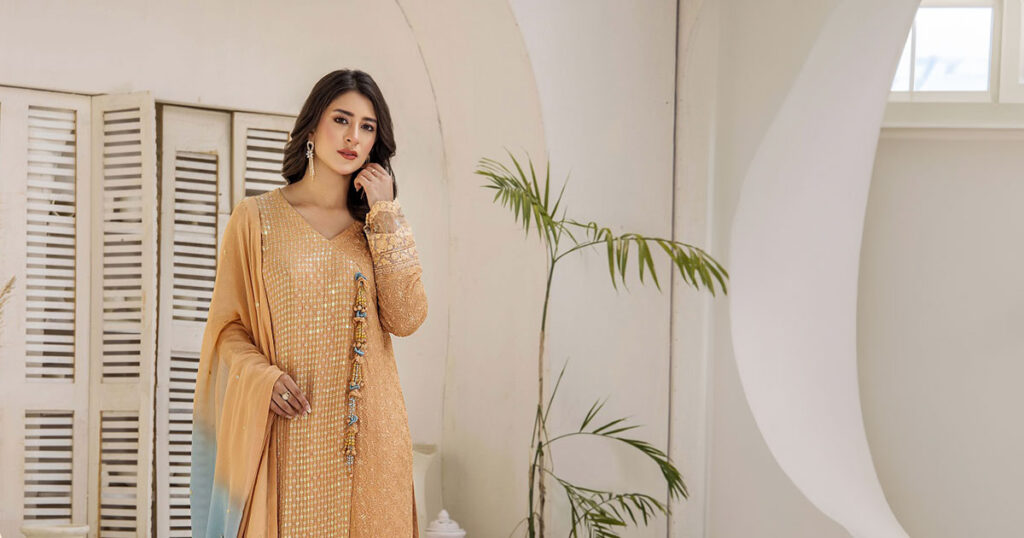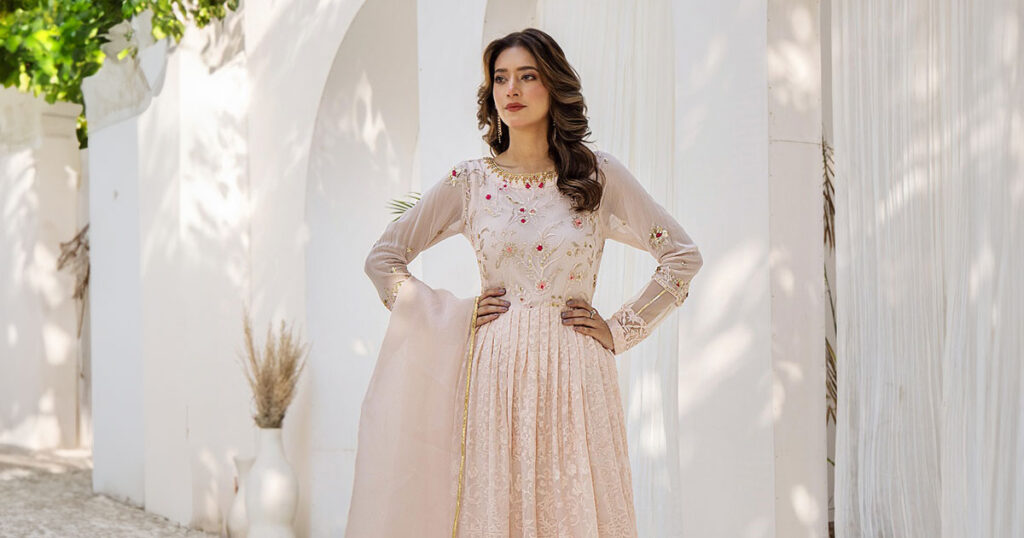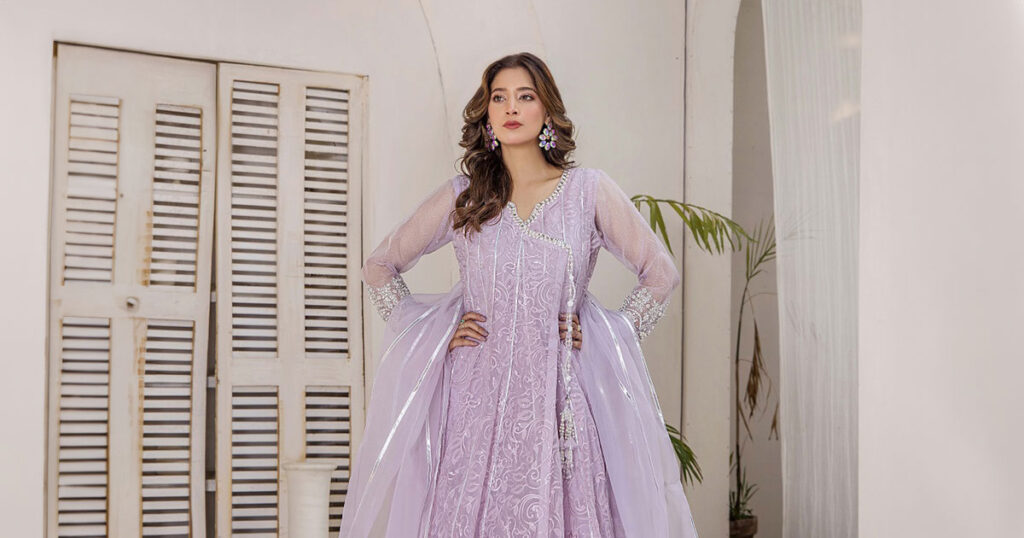Pakistani ceremonial attire has won praise from all across for its grace, detailed patterns, and ethnic diversity. These clothes, which range in classic and modern forms, are evidence of the rich legacy of the nation and the designers’ inventiveness. Emphasizing their presence in the worldwide fashion scene, this essay investigates the relevance, evolution, and attraction of Pakistani formal Dresses.
Historical Background and Cultural Value
The cultural and historical legacy of Pakistan is closely entwined with the design of Pakistani formal wear. Pakistani culture has long included traditional clothing such sarees, lehenga, and Shalwar kameez right from antiquity. Many times, these pieces have intricate embroidery, beading, and other decorations reflecting the creative customs of the nation.
In Pakistan, formal attire is not only about style; it also has cultural value and is frequently worn at significant occasions such religious rituals, celebrations, and weddings. Every area of Pakistan has different styles and approaches, which adds to the variety of formal dress the nation offers.
Evolution of Pakistani Formal Dresses
Pakistani formal attire has changed over time to include contemporary ideas while yet maintaining its traditional character. To cater to modern preferences, designers have played about with several fabrics, cuts, and embellishments. Fusion wear—which combines traditional Pakistani components with contemporary aesthetics—has also resulted from the mixing of Western styles and influences.
This development has been greatly aided by eminent designers as Bunto Kazmi, Faraz Manan, and Elan. They have brought fresh ideas and methods, therefore influencing industry trends. Pakistani formal dresses are highly sought after both domestically and abroad because of their collections, which frequently highlight opulent fabrics, complex handwork, and strong color combinations.

Design Elements and Expertise
The great workmanship of Pakistani formal clothing sets them apart. Hand-made artists labor many hours to create complex needlework, beading, and other decorations. Commonly utilized techniques to provide a bit of luxury to the clothing are zari, Zardozi, gota, and tilla.
Another very important consideration is the fabric choice. To create flowing, sophisticated forms, designers combine silk, chiffon, velvet, and organza. Often selected for their capacity to carry delicate needlework and embellishments, these materials help to accentuate the dress’s whole appearance.
The Contribution of Pakistani Designers
Showcasing their work at international fashion events and dressing celebrities from all around the world, Pakistani designers have made a major influence on the global fashion scene. Their devoted following results from their ability to combine modern design with age-old workmanship. Designs by several designers are renowned for their timeless appeal, opulence of textiles, and attention to detail. Their brand has grown to be associated with excellent formal attire, drawing customers who value the fusion of history with modern design.

Global Appeal and Market
Pakistani formal gowns’ original patterns and cultural depth help to explain their worldwide appeal. Along with fashionistas who value their exotic charm and detailed workmanship, these gowns have found a niche among South Asian populations living outside.
Pakistani designers have a stage thanks to international fashion events and shows to present their creations to a larger audience. This exposure has helped to remove cultural barriers and bring Pakistani formal attire to fresh areas. Demand for these clothes has risen; many designers now provide their collections online to serve a worldwide customer base.
Ecological Consciousness and Moral Behavior
In the fashion sector, sustainability and ethical behavior have been increasingly underlined in recent years. Using environmentally friendly materials and endorsing fair trade practices, Pakistani designers are following these ideas more and more. This change towards sustainable fashion not only helps the environment but also improves the attractiveness of Pakistani formal gowns to ethical buyers.
Working together with artists and paying those fair salaries and excellent working circumstances helps designers to preserve traditional handicap by means of which By means of this cooperation, the rich legacy of Pakistani embroidery and handwork is preserved, therefore guaranteeing the passing down of these talents to next generations.

A Symbol of Sophistication and Grace
Shireen Lakdawala is among the most well-known brands in the Pakistani official dress industry. Renowned for her flawless designs and dedication to excellence, Shireen Lakdawala has come to be a byword for sophistication and grace. Her products are ideal for any formal event since they combine modern ideas with harmonic traditional features. Their gowns are meant to leave a lasting impact whether the event is a formal dinner, a wedding, or a celebration. The brand’s commitment to use premium fabrics and sophisticated workmanship guarantees that every item is a work of art, appealing to discriminating consumers all around.
Conclusion
Pakistani formal attire celebrates the rich cultural legacy of the nation and the designers’ inventiveness. Fashionistas all around the world value these pieces because of their complex designs and opulent fabrics. Pakistani formal attire has evolved in line with the vibrant fashion business, where innovation meets legacy.
Pakistani formal dresses will surely remain in the scene of global fashion as designers keep stretching the boundaries of imagination and workmanship. Their classic attractiveness and cultural relevance make them a beloved item in any wardrobe since they provide a special fusion of modernism, elegance, and history.